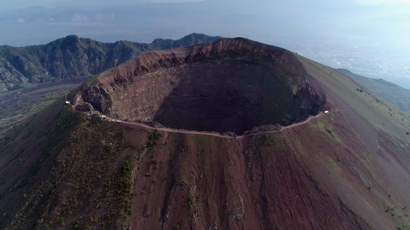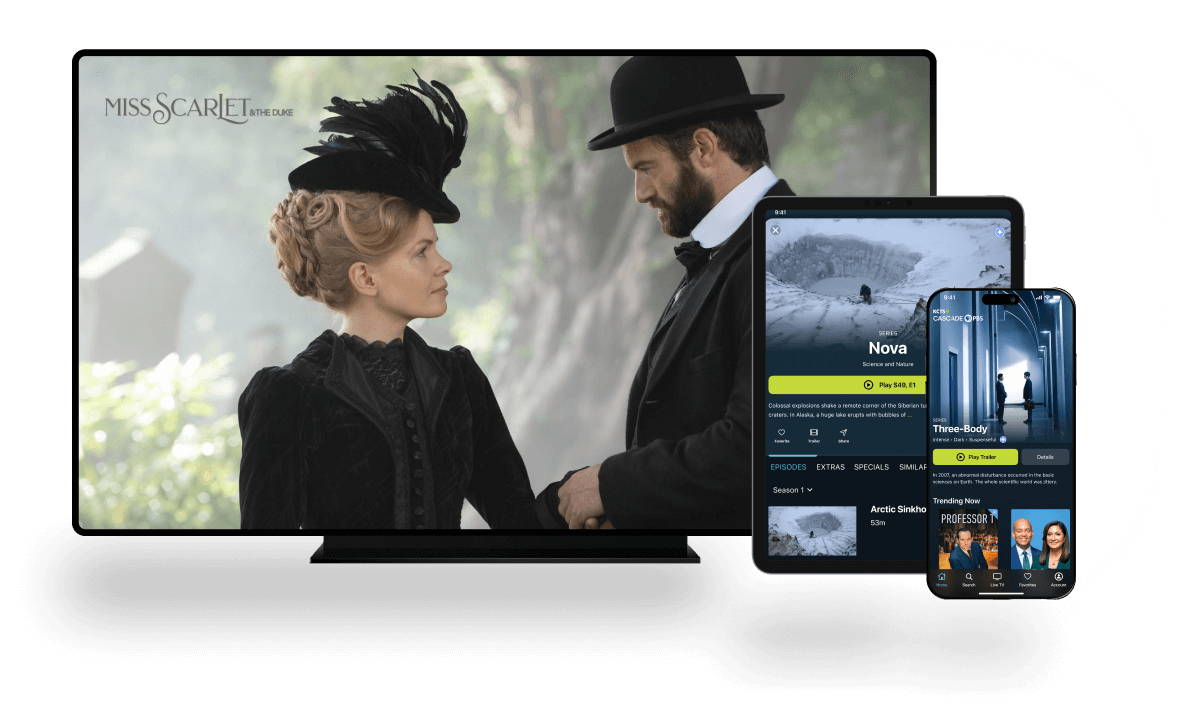
NOVA
How Scientists Created JWST's First Test Image
Show title: NOVA
Video title: How Scientists Created JWST's First Test Image
Video duration: 4m 50sVideo description: A month after its launch, the next step for the James Webb Space Telescope was to align all 18 of its mirrors. Aligning the 18 mirrors of the James Webb Space Telescope took extreme precision and allowed it to take its first image—a star amongst many galaxies.

The World Wide Web Celebrates its 30th Birthday
The World Wide Web revolutionized the way we use the internet. Before it existed, the internet was mostly used by scientists and engineers to share information.

Why Hurricane Florence Caused So Much Flooding
Warming air and sea surface temperatures are making storms wetter and more intense.

Climate Change Flooding: A Threat to National Security?

Did Climate Change Cause Hurricane Harvey?

Can Super Corals Save Reefs?
By identifying and studying super corals—those that survive best in warming waters—scientists are trying to help reefs across the planet.

Campi Flegrei: Italy’s Underground Super Volcano

Volcanologists Descend into Mt Vesuvius' Crater
Samples of carbon dioxide from Mt. Vesuvius can reveal how close magma is to the volcano's surface. To collect them, researchers descend into Vesuvius' 1,000-foot-deep crater.

Clues from a Giant Volcanic Eruption Exist Beneath Naples

What is Coral Bleaching?
It changes the dynamic of the entire reefscape, and can be detrimental to corals and the animals that depend on them.

The Next Pompeii Preview
In the shadow of Italy’s Vesuvius, a lesser-known volcano rumbles: Campi Flegrei. If it erupts, millions of lives could be at risk. Scientists explore its unique geology and develop a warning system that could prevent Naples becoming the next Pompeii.

How Do You Get a Rocket to Land Back on Earth?
Returning a rocket safely back to the launch site involves a series of complex steps which begin on the edge of space, when still traveling at over 3,500 miles per hour.

Rise of the Rockets Preview
New technologies are making rockets cheaper and more powerful than ever before. As companies like SpaceX and Virgin Galactic make space more accessible, and NASA returns to crewed spaceflight, a new era of space exploration may be on the horizon.

Ultima Thule is Surprisingly Flat
In the first images released of Ultima Thule, the object looked like two spheres — kind of like a snowman. The latest photo shows a very different perspective.

Why Kicking a Field Goal is Harder Than it Looks
Kicking a field goal seems pretty straightforward: you just kick the ball as hard as you can between the goal posts at the back of the end zone. But if it were that easy, then kickers would almost never miss. Join physicist Tim Gay and semi-pro football kicker Hermes Lima as they explain all the factors that go into kicking a successful field goal.

Decoding the Great Pyramid Preview
Stunning new archaeological evidence provides clues about the Egyptians who built the Great Pyramid of Giza--and how they did it. Join researchers as they delve into the logbook of a work crew and discover how the massive project transformed Egypt.

What Does the Polar Vortex Have to do With Climate Change?
The Arctic is warming at a rate almost twice the global average. This could be making vortex splits more likely, but is still up for debate among climate experts.

AI Helps Young Man with Cerebral Palsy Find Independence
This 12-year-old boy is legally blind, nonverbal, and has limited use of his hands. But artificial intelligence technology is helping him communicate with his family members.

Kīlauea: Hawaiʻi on Fire Preview

How Does a Government Shutdown Affect Science?
A government shutdown impacts thousands of scientists and researchers across the country. It stalls out field projects, stops weather models from being maintained, and interrupts long-term data collection vital to the health of the national parks. Some even worry it represents a threat to public safety.










